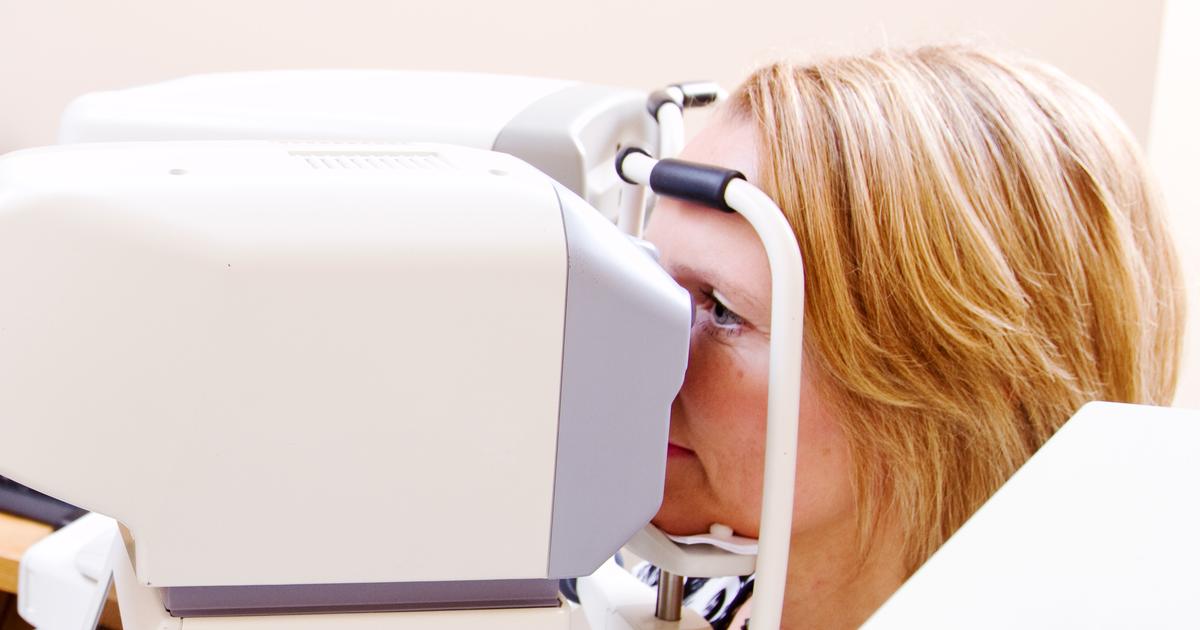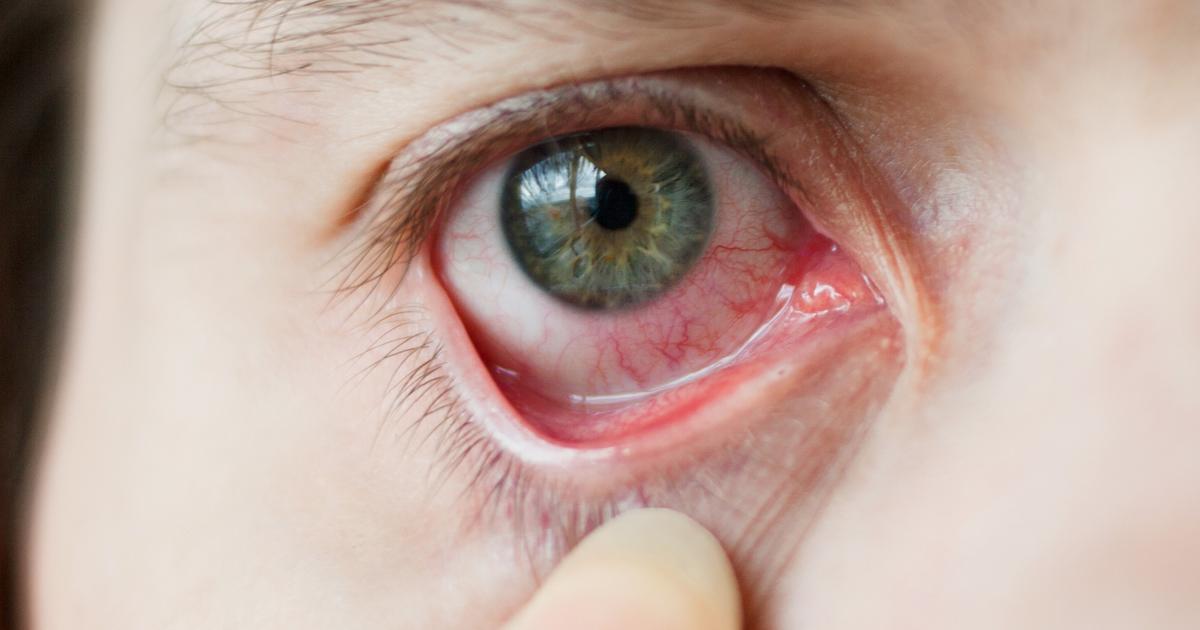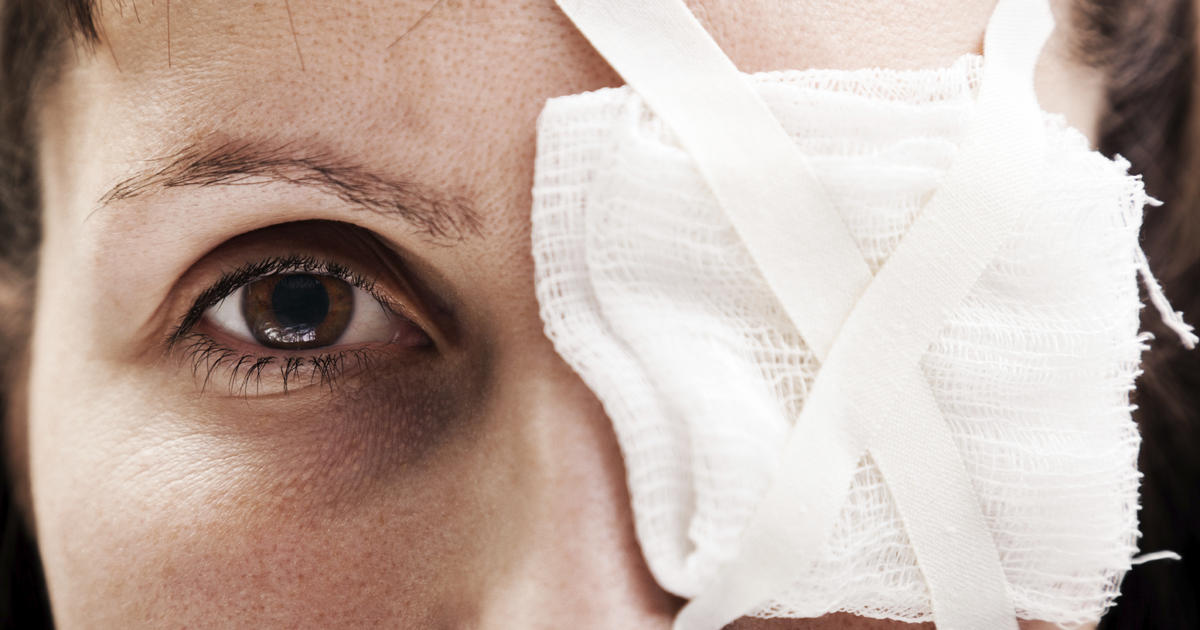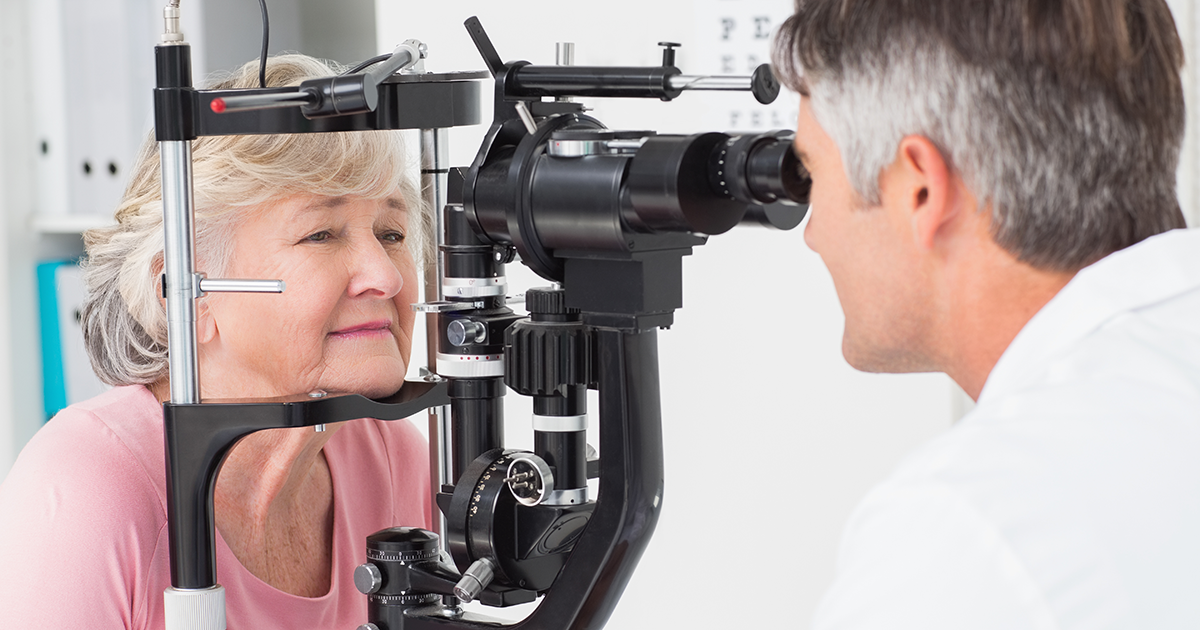Risk Factors That Can Lead To Glaucoma
As the second leading cause of blindness, it is important to understand the risk factors associated with glaucoma. Glaucoma refers to a group of diseases in which damage to the optic nerve fibers causes irreversible vision loss. The disease is progressive, which means vision loss does not just suddenly occur, but rather the affected individual's vision will slowly decline over the years before it diminishes completely. Since the vision loss is irreversible, it is crucial for individuals to catch glaucoma as early as possible, which is where regular eye exams come into play, particularly for individuals at a higher risk of developing glaucoma than others.
Eye Pressure

Individuals who have a high rate of pressure in their eyes, which is also known as intraocular pressure, are at an increased risk of developing open-angle glaucoma. Normal eye pressure is typically anywhere between twelve and twenty-two millimeters of mercury (mmHg). Anything beyond twenty-two millimeters of mercury is considered high.
Individuals with higher eye pressure than normal are considered glaucoma suspect, because eye pressure alone does not necessarily indicate glaucoma is present, though it is a significant risk factor. Higher eye pressure without glaucoma is referred to as ocular hypertension. Individuals with higher than normal eye pressure should make it a point to have frequent eye exams to monitor for glaucoma, since, as stated, vision loss from this condition is permanent.
Prolonged Corticosteroid Use

Prolonged corticosteroid use increases the risk of glaucoma development. Corticosteroids are anti-inflammatory medications used to treat autoimmune, systemic, and ocular conditions. Access to over-the-counter eye drops that contain steroids has made it impossible to monitor an individual's use of such products. Periocular, topical, and inhalation routes of administration of corticosteroids have been implicated in the increase of intraocular pressure in individuals who excessively use such products. Glaucoma induced by the use of corticosteroids is usually a type of open-angle glaucoma.
Corticosteroids have adverse effects on certain membranes in the trabecular meshwork that make it difficult for fluid to drain from the eye. These medications also promote expression of certain extracellular proteins that obstruct the meshwork further. In addition, corticosteroids stop the phagocytotic process the endothelial cells in the trabecular meshwork utilize to clear aqueous debris. A combination of any of these factors is what produces the risk increase in individuals who use corticosteroids for an extended duration.
Thin Corneas

An individual who has thin corneas is at an increased risk of developing glaucoma. Corneal thickness is a part of the body that tends to vary from one individual to the next. Thin corneas can be due to a genetic variation, or they may be the result of certain corrective surgical procedures done on the eye. The thin cornea itself is not what increases the affected individual's risk of glaucoma. It is the manipulations on technology by the thin cornea that causes the elevated risk. The pressure inside of an individual's eye is quantified by a specialized piece of equipment called a tonometer.
The thickness of the cornea can impact the results of the tonometer, providing false high readings with a thicker cornea and false low readings for a thinner cornea. An important part of glaucoma treatment relies on early detection. Better visual outcomes are seen in individuals who medically intervened with high intraocular pressure early than those who had not. An individual who has thin corneas could have elevated intraocular pressure and require intervention to prevent glaucoma, but may not know it due to incorrect tonometer readings. This malfunction allows the problem to persist for a longer duration, which ultimately causes glaucoma to develop.
Eye Injuries

An individual who has sustained eye injuries is at a higher risk of developing glaucoma than an individual who has not. Blunt trauma is the most common type of eye injury implicated in the increased risk of glaucoma. Blunt trauma to the eye can pull apart the ciliary body that makes eye fluid, resulting in bleeding. This accumulation of plasma, debris, and blood in the eye can cause the trabecular meshwork to become obstructed. Since fluid cannot flow out of the eye, the affected individual's intraocular pressure increases.
Most cases of trauma-induced glaucoma are temporary and can be mediated through medications that can help keep the intraocular pressure from becoming too high while the eye clears the accumulated blood on its own. If medications are ineffective to keep the intraocular pressure low enough, the patient may need to undergo surgery. While the majority of individuals heal fine from an eye injury, some can develop fibrosis in and around the trabecular meshwork of the affected eye. This scarring can interrupt healthy blood flow and inhibit proper fluid drainage from the eye, leading to glaucoma.
Farsightedness

Farsightedness, which is also referred to as hyperopia, means an affected individual will be able to see objects in the distance clearly, but closer objects are often blurry. It is common for individuals who have smaller or narrower eyes because the iris blocks outflow due to the crowded space. An optometrist can test for the presence of glaucoma as well as assess a patient's risk for developing the condition due to farsightedness and other factors through a series of tests during a comprehensive eye exam. The good news is, even if individuals have narrow or smaller eyes, only a small percent of them will develop the angle-closure disease. For every ten to twenty individuals who are candidates, only one is diagnosed with the disease.
Age And Gender

Age and gender may determine whether an individual will develop glaucoma as well as what type they may end up with. The risk for developing closed-angle glaucoma and open-angle glaucoma significantly increases after an individual reaches forty years old. Females are also more likely to develop closed-angle glaucoma than males. The good news is, while neither factor is preventable, there are steps individuals can take to help mitigate their impact, including using prescription eye drops to reduce the likelihood of glaucoma developing due to age. Individuals may also wish to consider wearing a hat and sunglasses when they are out in the sun to protect their eyes from more damage due to direct sunlight.
Race

An individual's race may also play a role in their likelihood of developing glaucoma. Reports indicate African Americans and Latinos are more at risk of developing open-angle glaucoma. African Americans are also more likely to develop the disease earlier and with a greater rate of vision loss. East Asians and individuals of Inuit ancestry are more apt to develop angle-closure glaucoma. Furthermore, individuals of Japanese descent are at an increased risk of developing normal-tension glaucoma. While certain ethnicities may be at an increased risk of glaucoma, anyone can develop the condition, and as such, everyone should undergo regular eye exams to be proactive about the health of their eyes.
Family History

A fair amount of research has shown an individual with a family history of glaucoma is at roughly a twenty percent increased risk of developing the condition themselves than someone who does not have the family history. Breaking this down further should individuals who have a sibling with glaucoma have a tenfold increased risk of also developing the condition. Individuals with a family history of glaucoma, therefore, should always ensure they visit their optometrist regularly to have their eyes examined and tested for glaucoma. After age thirty-five, the vast majority of individuals should visit the optometrist at least every two years for testing. Should glaucoma be detected, these visits will increase based on the treatment plan chosen.
Diabetes

Diabetes may put affected individuals at an increased risk of eye pressure, which, as discussed previously, is a significant risk factor for developing glaucoma. Eye pressure occurs when the eye pressure exceeds a particular rate of comfort and damages the optical nerves thus causing a loss of vision. Unfortunately, these vision changes can often be so gradual that they go undetected, since an individual's eyes will adapt and compensate as much as possible, until quite a significant amount of vision is lost. The good news is, diabetes patients can make it a point to visit an optometrist on a more frequent basis as they already know they are at an increased risk for higher eye pressure, and thus, glaucoma. Luckily, glaucoma when caught early; surgery can be done to save eyesight.
Heart Disease

An individual affected by heart disease has an increased risk of developing glaucoma than the general population. While most cases of glaucoma are caused by elevated intraocular pressure in the eye, this risk factor does not directly involve intraocular pressure. Heart disease is a term used to define a range of different conditions that affect the function or structure of the heart. A disease of the blood vessels, congenital heart defects, and heart rhythm abnormalities are all considered to be heart disease.
Some individuals affected by heart disease have poor circulation in the smallest blood vessels around the body. It is thought this risk factor is based on poor microvascular circulation in the vessels responsible for supplying oxygen and nutrients to the cells that make up an individual's retina and ocular nerve. The retina is the part of the eye that absorbs light focused on the lens and translates this visual information into neural signals transmitted through the optic nerve to the brain for interpretation. When sections of the cells in the retina and nerve fibers that feed the ocular nerve begin to die as a result of oxygen deprivation, the affected individual develops glaucoma or ocular nerve damage.
Sickle Cell Anemia

An individual is at an increased risk of developing glaucoma if they are affected by sickle cell anemia. Sickle cell anemia is a disease caused by a gene mutation inherited through an individual's parents. This mutation results in the production of abnormal red blood cells with a concave shape that cannot travel through the blood vessels like regular red blood cells. Blood vessel abnormalities and malformations are commonly seen in the eyes of individuals affected by sickle cell anemia. These vessels tend to appear isolated and stunted. It is thought this occurs due to the irregularly shaped sickle cells becoming lodged and accumulating in the microvessels.
In addition, injury to the eye of a sickle cell anemia patient is known to be associated with transient open-angle glaucoma. The irregular vasculature and anemic conditions of the blood in sickle cell anemia can worsen the effect of blunt trauma to the eye. Blunt trauma to the eye of these individuals can induce microscopic hyphema or a collection of blood in the space between the iris and the cornea. Blood leakage into this area can allow it to leak into the trabecular meshwork responsible for draining fluid from the eye. An inability to drain fluid from the eye results in an elevated intraocular pressure, leading to glaucoma.
